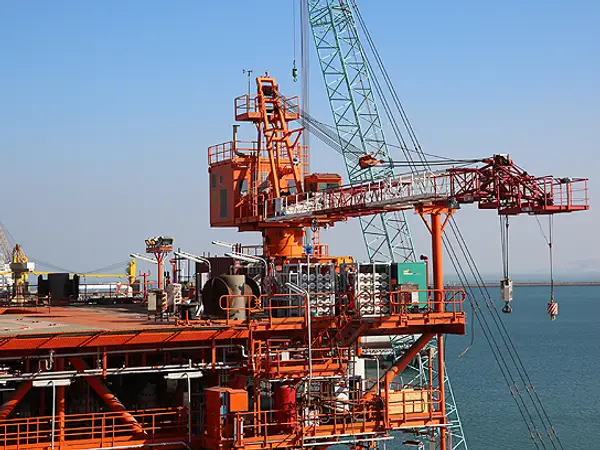As Iran claims it can help Europe with its energy crisis, a new report shows Iranian industry lost $7 billion last year due to shortages of gas and electricity.
Amid nuclear talks with the West, Iran has hardened its position in recent days and government officials as well as its media have been suggesting that Europe is facing a winter energy shortage that Iran can help alleviate if a deal is reached and US sanctions lifted.
But the relatively independent Shargh newspaper in Tehran has published a report based on official statistics saying that shortages of gas and electricity cost Iranian businesses billions of dollars in losses in 2021-2022.
The loss equals 10 percent of Iran’s oil and non-oil exports that generate desperately needed foreign currency.
The government facing both a natural gas shortage and inadequate electricity generation decided not to reduce supplies to homes, which was common during the last years of the former administration. Instead, industries were deprived of electricity in peak summer months and gas in the winter.
Iran’s petrochemical sector needs natural gas to operate, and they sustained losses because of shortages. The other export-oriented sector, the steel industry needs a lot of electricity, and some plants were intermittently idle in the past 15 months.
Shargh quoted figures from the energy ministry saying that electricity imports from neighboring countries increased by 51 percent in June-July 2022, compared with the same period last year, while exports decreased by 60 percent.
Iran holds the world’s second largest natural gas reserves, but its energy shortage is mainly due to two self-made problems, emanating mostly from its confrontational foreign policy that deprives the government from income and investments.
Iran’s gas production is gradually falling as natural pressure in its South Pars fields is dropping and it needs technological help from Western energy giants to build larger platforms with stronger pumps to get the gas out. This in turn needs either partnership deals or Iranian cashinvestments to the tune of $50 billion.
But because of its long-running confrontation with the West, primarily the United States, and its nuclear program seen as a serious threat, Iran has not been able to benefit from Western technology and investments. Recently, it is trying to import gas from Russia.
The other serious issue is insufficient electricity generation capacity, which is also largely due to lack of efficient technologies and money for investments. Domestic demand for gas and electricity has been rising, while production has been falling.
Lack of money, price controls and bad planning have also prevented the development of solar energy, which is suitable for a country with more than 300 sunny days in the year.
The rising demand for energy is due to extremely low rates for domestic consumers, which essentially amounts to subsidies that have been in place since the 1980s. The Islamic Republic has been reluctant to erase the subsidy that amounts to more than $50 billion a year because of its closed economic system run by the government.
As the government controls the energy markets and prices, offering very low prices to producers, there is little incentive to invest in power generation, including solar energy.
With an economic crisis prevailing since 2018 when the United States withdrew from the 2015 nuclear agreement and imposed sanctions, it is much harder for the government to reduce energy subsidies. When the government modestly raisied gasoline prices in November 2019 it led to nationwide anti-regime protests in which security forces killed at least 1,500 people.
